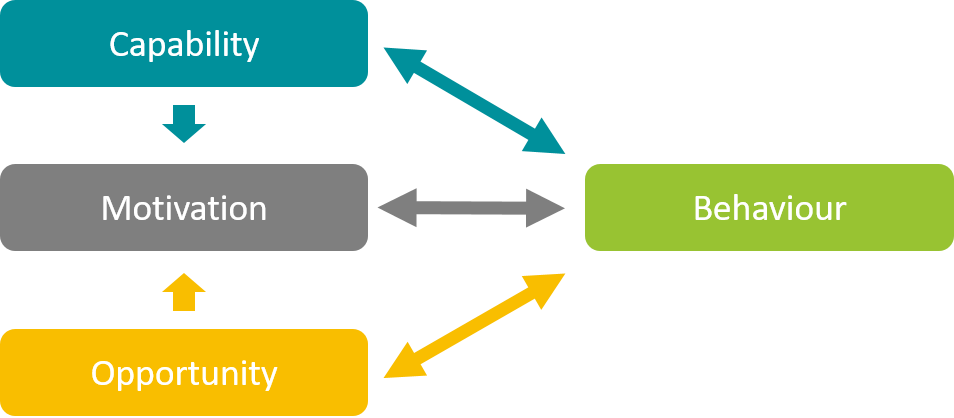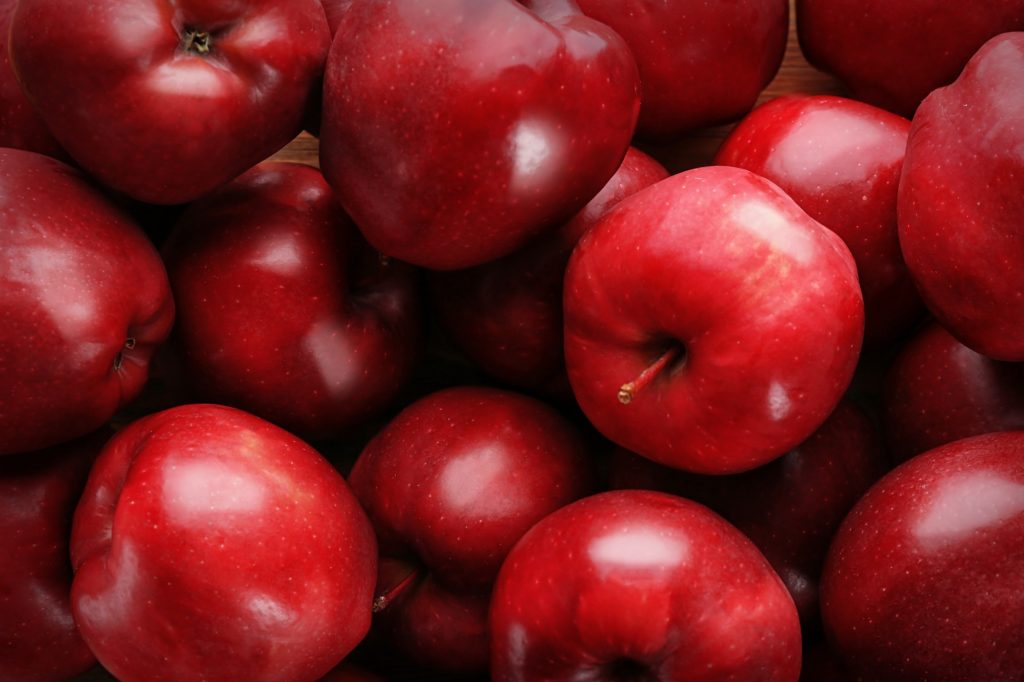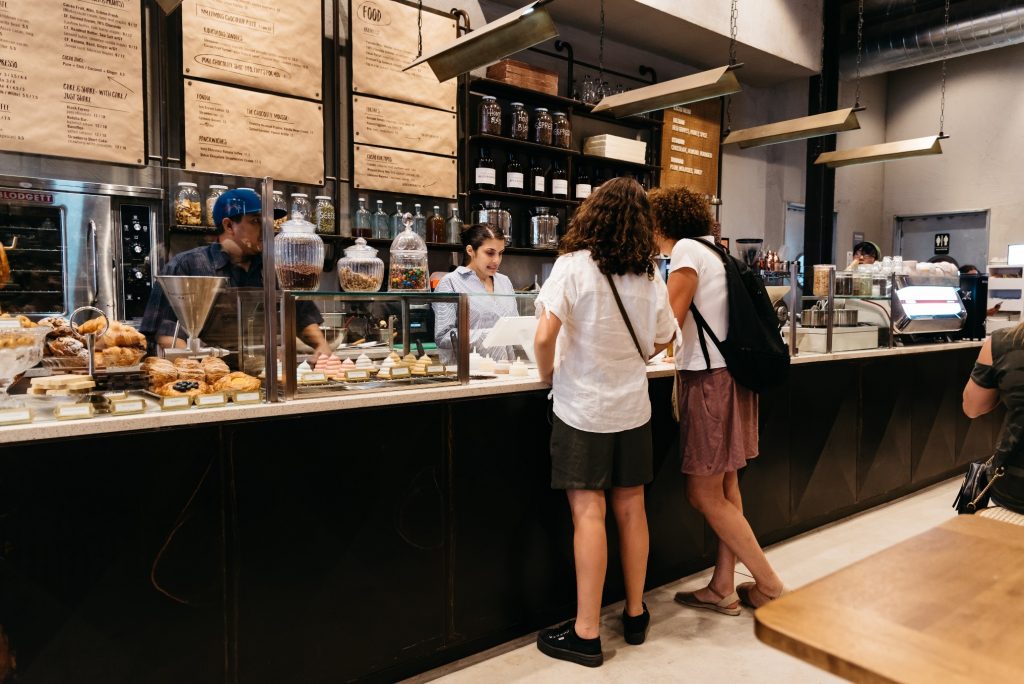Dining out of home and calorie-rich restaurant menus are often blamed as a main driver of the obesity issue worldwide. World Health Organization global estimates that more than 1.9 billion adults aged 18 years and older are overweight (WHO,2018). What if we could make healthier choices in restaurants more obvious and easier to make for consumers, with minimal effort on their part?
In a lot of cases, obesity is preventable. However, our current food environment makes this challenging. Behaviour change measures can be an effective means of changing consumer dietary habits. Consumer dietary choices are influenced by personal preferences, habits, nutrition information, availability, cost, and placement, among other reasons (Glanz & Bishop, 2010).
What can operators do to enhance positive, healthier behaviours in their establishments?
Research on behaviour change is showing the following 3 strategies are helpful tools to help encourage healthy behaviours. Read on for the ‘how’ behind these strategies.
- Ensure their menus provide visible and meaningful nutritional information to the consumer.
- Nutritionally optimise their recipes and provide healthier alternatives that motivate consumers to make healthier choices.
- Add environmental cues that encourage the healthy choice, such as signage at point-of-purchase, appealing pictures of healthy menu choices, etc.
What motivates us to make the choices we do?
Behaviour change can refer to a transformation or alteration of human behaviour or patterns. Approaches focusing on the individual, community and environmental influencers can support behaviour change.
Buying a car is one example. A person may be considering an energy efficient car as a more beneficial choice for the environment. Environmental influencers like awareness campaigns and financial incentives can motivate this individual’s purchase intent.
There are many credible models for behaviour change, one of which is the Capabilities, Opportunity, Motivation and Behaviour model (COM-B) of behaviour change.
Behaviour (B) occurs as the result of interaction between three necessary conditions:
- Capability (C): do you have the means available to do it? Money, time, or knowledge are examples.
- Opportunity (O): has the situation presented itself for you to make the change?
- Motivation (M): do you want to make the change?
Each of these conditions can influence each other, as well. The below figure shows there can be potential influences between components in the model; opportunity can influence motivation or capability. (Michie, Stralen & West, 2011).

COM-B Model of Behaviour Change. Michie, Stralen and West (2011).
Applying this model to restaurants and away-from-home eating
Capability
is defined as the individual’s psychological and physical capacity to engage in the activity concerned. It includes having the necessary knowledge and skills. (Michie et al. 2011)
For example, the visibility of nutritional information can enable a consumer to make the healthier choice.
- Calorie labelling on menus when eating out of home,
- Front of pack labels such as the Keyhole logo used in the Nordic countries,
- Callouts of low-calorie options for example: “Under 600kcals”.
Calorie labelling on menus is an intervention that is being widely analysed and implemented in various countries such as USA, Australia and UK. A study by Bollinger et al, 2011 assessed the effectiveness of calorie labelling in 222 chain restaurants and found the labelling led to a 6% reduction in calories per transaction. Calories were posted on menu boards and menu in a font and format that was as prominent as the price. The reduction was a result of consumers changing their food choices, possibly due to the calorie information making them more capable to make the healthy choice.
The study also grouped consumers data into one of three categories of calories purchased: less than 125, between 125 and 250, or greater than 250 calories purchased. The data suggests that calorie labelling had a greater influence on consumers that tend to make high-calorie purchases with an average reduction of 26% calories per transaction.
A Cochrane review assessed the effectiveness of calorie labelling at point of consumption in restaurant settings. This intervention provided promising results that nutritional labelling on menus may reduce energy purchased. However, a wider set of measures would be recommended to tackle obesity (Crockett et al. 2018). Calorie labelling remains one tool in the toolbox to help tackle obesity.
Opportunity
is defined as all of the factors that lie outside the individual that make the behaviour possible or prompt it (Michie et al. 2011).
For example, the availability and accessibility of healthier products vs. unhealthier foods so that the consumer can easily make a healthier choice. If there are no healthy foods available when making a decision, there’s no opportunity to make the healthy choice.
Increasing availability of healthy foods was one of the top three interventions suggested in the McKinsey Global Institute report on Obesity (Dobbs et al, 2014). A review by Grech & Allman-Farinelli (2015) evaluated interventions in vending machines and found that sales of healthier items were increased when made available in five of the six identified studies, with no loss of overall sales volume. Increasing the amount of no added sugar beverages, low calorie snacks could change consumers purchase intent. In this example, people may have had sufficient capability to make the healthy choice but did not have the opportunity to do so until the healthy foods were added to vending machines.

Motivation
Capability and opportunity feed into motivation, which is defined as the brain processes that energize and direct behaviour, not just goals and conscious decision-making. It includes habitual processes, emotional responding, as well as analytical decision-making (Michie et al. 2011).
For example, promotional advertising of the healthier choices to entice and enthuse the consumer on digital platforms, social media or menu boards, or printed posters located near checkouts or within the consumers eye line can influence motivation by providing the right stimulus at the right time.
Advisory prompts through digital platforms or employees when a consumer selects their food of choice is another nudge tactic that can motivate healthier options (e.g. “would you like this without cream?”). A study focusing on the interaction between food choice and food advertisement exposure suggest that health-conscious consumers opted for the healthy snack following exposure to health message advertising (Dovey et al. 2017).
There are limited studies focusing on a combination of behaviour change interventions specific to dietary consumption when eating out of home. One pilot trial study involving 18 worksites in England evaluated three interventions assessing the impact on calories purchased. The interventions altered one of (a) portion size in six worksites (b) availability of healthier options in six worksites and (c) energy (calorie) labelling in six worksites.

The three intervention studies showed the following results
(a) Portion size – reducing portion sizes (by 10% or more) may be effective in reducing energy purchased and consumed from targeted food categories such as main meals, sides, desserts and cakes (Holland et al. 2018).
(b) Availability of healthier options, like offering more low-calorie options on a menu, could be a promising strategy to reduce calories purchased (Pechey et al. 2018). For example, lower calorie beverages or healthier side options incorporating fruit and vegetables or alternative cooking methods like baked vs. fried.
(c) Calorie Labelling – only one out of the six sites showed a reduction in calories purchased when calorie labelling was implemented in menus. However, the lack of a significant reduction in calories purchased in five out of the six worksites may have multiple explanations relating to barriers to calorie labelling implementation (Vasiljevic et al. 2018). The use of bigger fonts or differentiation through colour could highlight and make the calorie information more meaningful for consumers. In this case, enabling consumer capability by adding calories to menus may have not been enough to strongly motivate behaviour change.
The first two interventions, reducing portion sizes and increasing availability of healthier options, showed promising results for reducing calories purchased. These pilot study gives some positive indications that using these interventions in combination could promote healthier dietary patterns compared to using one of the strategies alone. However further research on a larger scale is needed to evaluate the optimal implementation and combination of these interventions.
Knowing is only part of the battle
Changing consumer behaviour takes time and can be very challenging, especially when eating out of home. Often, changes that do not require conscious decision making are the most effective. For example, reformulation to nutritionally optimise recipes is a method widely used by the food industry and recommended in many public health initiatives worldwide. It is an effective method of improving nutrition as it does not require any behavioural change from the consumer. Evidence is growing to suggest that changing small cues or slightly tweaking the physical environment may provide an effective way of changing behaviour, in ways that do not require a lot of cognitive processing by a consumer. These are commonly known as “nudge” interventions for example slight reduction in portions sizes or the placement of products near checkouts or on digital ordering systems to change the consumption behaviour of consumers (Vasiljevic, M et al. 2017).
Key takeaway
3 things operators do to enhance positive, healthy behaviours in their food environments:
- Ensure their menus provide visible and meaningful nutritional information to the consumer.
- Nutritionally optimise their recipes and provide healthier alternatives that motivate consumers to make healthier choices.
- Add environmental cues that encourage the healthy choice, such as signage at point-of-purchase, appealing pictures of healthy menu choices, etc.
Establishing a food environment that combines these approaches could potentially help shape the way in which food operators support consumers to promote healthier dietary behaviours.
Contributor:
-
References
World Health Organisation. Overweight and Obesity. 2018.
https://www.who.int/news-room/fact-sheets/detail/obesity-and-overweight
Michie, S., M. M. v. Stralen and R. West (2011). “The behaviour change wheel: A new method for characterising and designing behaviour change interventions.” Implementation Science 6(42): 11 pages. Available at http://www.implementationscience.com/content/pdf/1748-5908-6-42.pdf
Bollinger B, Leslie P, and Sorensen A. 2011. Calorie Posting in Chain Restaurants. American Economic Journal https://pubs.aeaweb.org/doi/pdfplus/10.1257/pol.3.1.91
Crockett R, King SE, Marteau TM, Prevost AT, Bignardi G, Roberts NW, Stubbs B, Hollands GJ, Jebb SA. 2018. Nutritional labelling for healthier food or non‐alcoholic drink purchasing and consumption. Cochrane Reviews. https://www.cochranelibrary.com/cdsr/doi/10.1002/14651858.CD009315.pub2/full
Vasiljevic M, Cartwright E, Pilling M, Lee M, Bignardi G, Pechey R, Hollands G J, Jebb S A & Marteau T M. 2018. Impact of calorie labelling in worksite cafeterias: a stepped wedge randomised controlled pilot trial. International Journal of Behavioral Nutrition and Physical Activity. https://ijbnpa.biomedcentral.com/articles/10.1186/s12966-018-0671-7
Grech A & Allman-Farinelli. 2015. A systematic literature review of nutrition interventions in vending machines that encourage consumers to make healthier choices. Obesity Reviews. https://onlinelibrary.wiley.com/doi/pdf/10.1111/obr.12311
Pechey R, Cartwright E, Pilling M, Hollands G J, Milica Vasiljevic M, Jebb S A & Marteau T M. 2018. Impact of increasing the proportion of healthier foods available on energy purchased in worksite cafeterias: A stepped wedge randomized controlled pilot trial. Appetite. https://reader.elsevier.com/reader/sd/pii/S0195666318313746?token=828D92B000D6AF3832654788803235B00274CC49F5C5BE076F6FD83894ED7B595443D859B9BBC0CB04AFF35842DBE6C88
Hollands G J, Cartwright E, Pilling M, Pechey R, Vasiljevic M, Jebb S A & Marteau T M. 2018. Impact of reducing portion sizes in worksite cafeterias: a stepped wedge randomised controlled pilot trial. International Journal of Behavioral Nutrition and Physical Activity.
Dovey T M, Torab T, Yen D, Boyland E J, Halford J C G. 2017. Responsiveness to healthy advertisements in adults: An experiment assessing beyond brand snack selection and the impact of restrained eating. Appetite. https://www.sciencedirect.com/science/article/pii/S0195666316305268#sec1
Glanz K & Bishop D B. 2010. Science Theory in Development and Implementation of Public Health Interventions. Annual Reviews Public Health. https://www.annualreviews.org/doi/pdf/10.1146/annurev.publhealth.012809.103604
McKinsey Global Institute: Overcoming obesity: An initial economic analysis. In.; 2014.
Dobbs R, Sawers C, Thompson F, Manyika J, Woetzel J, Child P, McKenna S, Spatharou A. 2014. Overcoming obesity: An initial economic analysis. McKinsey Global Institute. https://www.mckinsey.com/~/media/McKinsey/Business%20Functions/Economic%20Studies%20TEMP/Our%20Insights/How%20the%20world%20could%20better%20fight%20obesity/MGI_Overcoming_obesity_Full_report.ashx


 Caoimhe McQuaid completed her Bachelor’s degree in clinical nutrition at Queen Margaret University. She worked as Foodservice Nutrition and Clean Label Manager with Kerry, where she works to improve nutrition of menu offerings.
Caoimhe McQuaid completed her Bachelor’s degree in clinical nutrition at Queen Margaret University. She worked as Foodservice Nutrition and Clean Label Manager with Kerry, where she works to improve nutrition of menu offerings. 